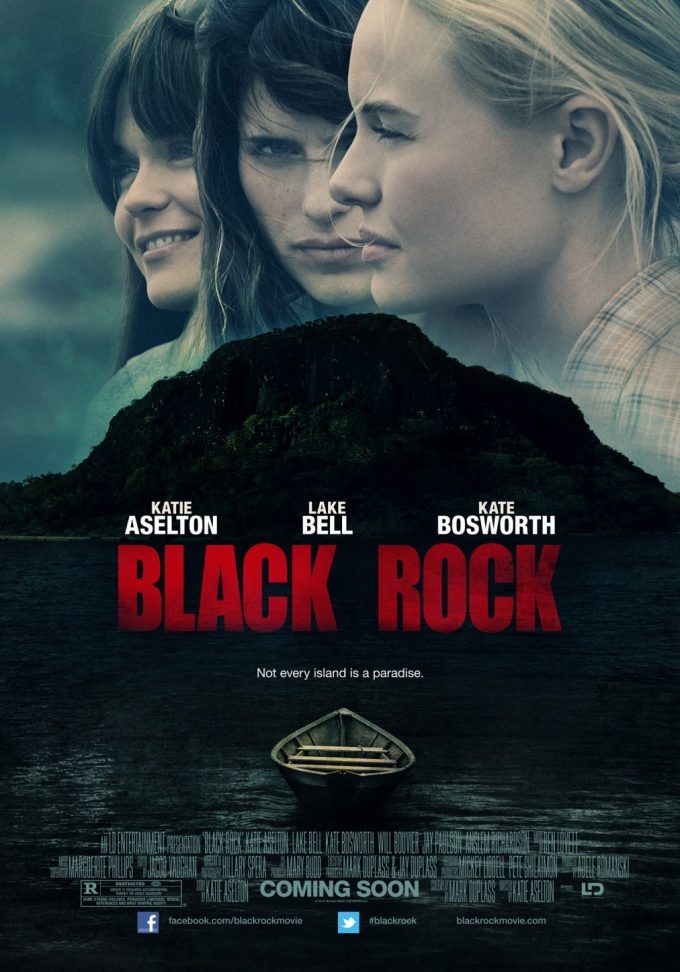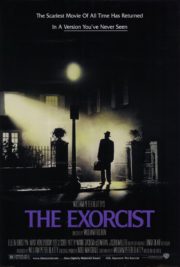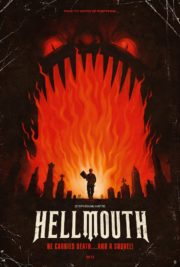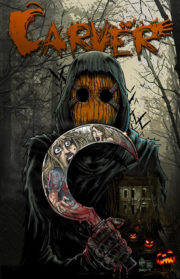Stranded on Black Rock: Survival Turns Sinister
In 2013, director Katie Aselton brought us Black Rock, a genre-blending venture that straddles the lines between horror, thriller, and survival drama. Set on a remote island off the coast of Maine, the film invites viewers into a harrowing narrative that follows three childhood friends—Sarah, Abby, and Lou—played by Kate Bosworth, Lake Bell, and director Aselton herself. As a trip to reconnect and relive nostalgia quickly devolves into a fight for survival against both the elements and malicious human threats, Black Rock attempts to find horror in the natural, in the expected, and in the human psyche.
A Shifting Landscape of Terror
The movie’s atmosphere stands as its most compelling component. Black Rock leverages the desolation and capricious moods of its setting to etch an undercurrent of dread that runs parallel with the narrative. The sense of foreboding does not rely heavily on supernatural elements or gore but rather on the very relatable fear of being pursued. As the tension escalates, viewers are enshrouded in an environment that makes you question which is more unforgiving—the island or its newest visitors.
Aselton’s direction keeps the tension taut without relying too deeply on traditional horror tactics. The real triumph here isn’t in the shock value but in how authentically the stress and strain of survival manifest in visceral, sometimes uncomfortable, sequences. The terror is closely tied with the characters’ realization of their reality, and the psychological build-up takes precedence over cheap scares.
Cinematic Survival Instincts
The cinematography of Black Rock is largely minimalist, utilizing the rugged landscape to its advantage. Natural light casts elongated shadows and the bleak tones of the island often mirror the despairing mood. Camera work is wielded effectively—with handheld sequences heightening the chaos and fixed shots providing a stark contrast that somehow amplifies the isolation.
Unique to the visual storytelling is Aselton’s restraint in not over-embellishing the environment. The island’s raw beauty remains largely unaltered by cinematic flares, which helps ground the narrative in a more authentic reality. Melding naturalism with a touch of cinematic elegance, the visuals in Black Rock serve as both the backdrop and an active participant in the unfolding drama.
The Sounds of Silence
Sound—or at times, the pointed absence of it—stands out as a stark character in its own right. The diegetic noises of the wilderness, alongside the jarring stillness that can come before a storm, generate an uneasy anticipation. When the soundtrack does come into play, it is often sparse, allowing viewers’ dread to fill the gaps. The audiovisual interplay in Black Rock thus becomes a dance of tension, a push and pull that commands the audience’s senses.
Intimate Horror: When Friends Become Foes
To speak to performances, the trio of central actors delivers a range of emotive and fraught portrayals that drive the film’s terror. The palpable chemistry between the characters foments both their moments of unity and their eventual strife. Bell, in particular, stands out with her potent mix of vulnerability and grit, embodying a character arc that is as harrowing as it is believable.
Black Rock’s horror mechanics lean towards the psychological, with the territorial angst between the old friends and new foes boiling over into physical confrontation. As the film advances, the line between fear and savagery blurs, highlighting the split-second decisions that teeter between self-preservation and moral quandary. The overall lack of dependence on special effects or gratuitous violence bolsters the film’s tight focus on the raw, human aspects of terror.
Analysis: Unnerving Realities
In exploring deeper issues such as trust, trauma, and the primal instincts hidden within us all, Black Rock utilizes horror not for its own sake but as a lens to magnify the everyday terrors that can arise from human interaction. The film poses questions about the durability of friendship under stress and the cost of survival. This allegorical layer adds depth to the otherwise straightforward survival narrative.
The film may not be a cornerstone of horror innovation but manages to deliver a sincere and chilling portrayal of desperation. It resonates with a realism that can unwittingly linger with the audience, offering shudders more from contemplation than from direct frights. Aficionados of psychological thrillers and realism-based horror will find more to appreciate in Black Rock than those in search of supernatural spooks.
While it may not stack up against horror giants that have more elaborately articulated fears and spectacles, Black Rock finds its niche within the realm of survivalist horror—hinging on the believability of its cast and the primal fears its setting evokes.
Final Verdict: Stranded with Trepidation
Despite its modest budget and scale, Black Rock offers a tense and gripping experience through its competent blend of performances, cinematography, and sound design. While it can feel limited in scope and depth at times, its strengths lie in the rawness of its terror and the organic interplay of characters in crisis. Those with a penchant for the more grounded within the horror genre may appreciate this film’s subtle approach to delivering fear.
Viewer discretion is advised due to scenes of violence and intense thematic elements that could act as triggers for some. As a critic and consumer of the horror scene, I can recommend Black Rock as a worthy excursion for viewers seeking psychological chills without the pomp of more fantastical horror fare.




